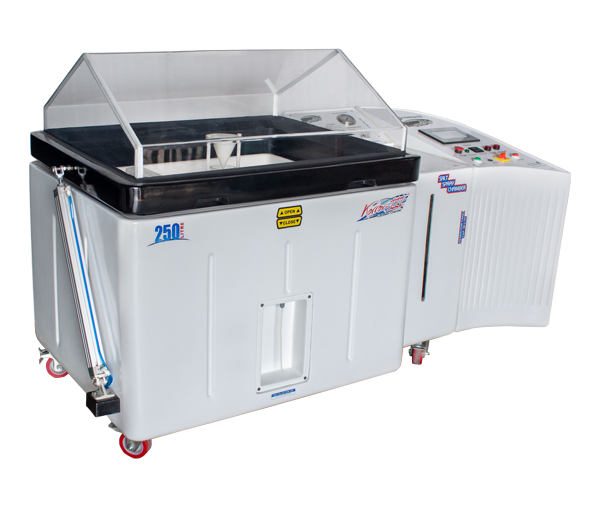Salt spray chambers are widely used in various industries to assess the corrosion resistance of materials and coatings. While these chambers offer many benefits, they also have limitations that need to be considered. This article explores the applications and limitations of salt spray chambers, shedding light on their usefulness and factors to consider when interpreting test results.
Table of Contents
Applications of Salt Spray Chambers
1 . Material Selection and Development:
Salt spray chambers provide valuable insights for material selection and development. They help evaluate the corrosion resistance of different materials, coatings, and surface treatments, aiding in the optimization of products for specific applications. Manufacturers can use salt spray testing to compare and choose materials that exhibit superior corrosion resistance characteristics, extending product lifespans and reducing maintenance costs.
2 . Quality Control and Certification:
Salt spray testing serves as an essential quality control tool to verify the corrosion resistance of products. Compliance with industry standards, such as ASTM B117 and ISO 9227, ensures consistent and reliable corrosion testing practices. Test results obtained from salt spray chambers can be used to certify products and assure customers of their durability and performance.
3 . Coating Evaluation:
Salt spray chambers play a crucial role in assessing coatings’ effectiveness in protecting underlying materials from corrosion. By subjecting coated specimens to accelerated corrosion conditions, these chambers help identify potential coating failures, such as blistering, flaking, or rusting, which may compromise the integrity of the coating system. Coating manufacturers and users can utilize this information to improve coating formulations and application techniques.
4 . Research and Development:
Salt spray chambers support research and development efforts in corrosion prevention and mitigation. Researchers can use these chambers to investigate novel materials, coatings, or corrosion inhibitors. Understanding the behavior of different materials and coatings under accelerated corrosion conditions aids in the advancement of corrosion science and the development of more effective corrosion-resistant solutions.
Limitations of Salt Spray Chambers
1 . Limited Simulation of Real-World Conditions:
While salt spray chambers replicate corrosive conditions to an extent, they do not fully simulate real-world environments. Corrosion mechanisms in natural settings involve complex interactions between environmental factors such as humidity, temperature, cyclic exposure, and different corrosive agents. Salt spray chambers focus primarily on sodium chloride corrosion, neglecting other corrosive agents that can affect materials differently.
2. Accelerated Corrosion and Short-Term Testing:
Salt spray chambers accelerate the corrosion process to obtain results in a relatively short time. However, this accelerated testing may not reflect the long-term performance of materials or coatings in actual service conditions. The rapid initiation and progression of corrosion in the chambers may lead to different corrosion mechanisms than those observed in real-world environments.
3 . Lack of Standardization in Specimen Preparation:
The preparation of test specimens can vary significantly, leading to inconsistencies in test results. Factors such as cleaning methods, surface roughness, and coating thickness can influence the corrosion behavior of materials. Standardization of specimen preparation protocols across different laboratories is necessary to achieve consistent and comparable results.
4 . Surface Area Distribution:
Salt spray chambers may exhibit a non-uniform distribution of the salt fog across the test specimens, resulting in uneven corrosion exposure. Uneven distribution can lead to localized corrosion or differences in corrosion rates, affecting the interpretation of test results. Careful placement and rotation of test specimens within the chamber can minimize this limitation.
Conclusion:
Salt spray chambers are valuable tools for evaluating the corrosion resistance of materials and coatings. They find applications in material selection, quality control, coating evaluation, and research. Understanding their limitations, such as the limited simulation of real-world conditions and the need for standardized specimen preparation, is essential for interpreting test results accurately. By considering these applications and limitations, industries can make informed decisions in corrosion prevention, product development, and quality assurance.
